
What’s Next According to an Event Management Company
March 20, 2025
The Rise of Hybrid Events: Strategies for Success from an Event Management Company in Singapore
April 17, 2025The Power of Experiential Marketing in Events
Research Guide · 3 Apr 2025
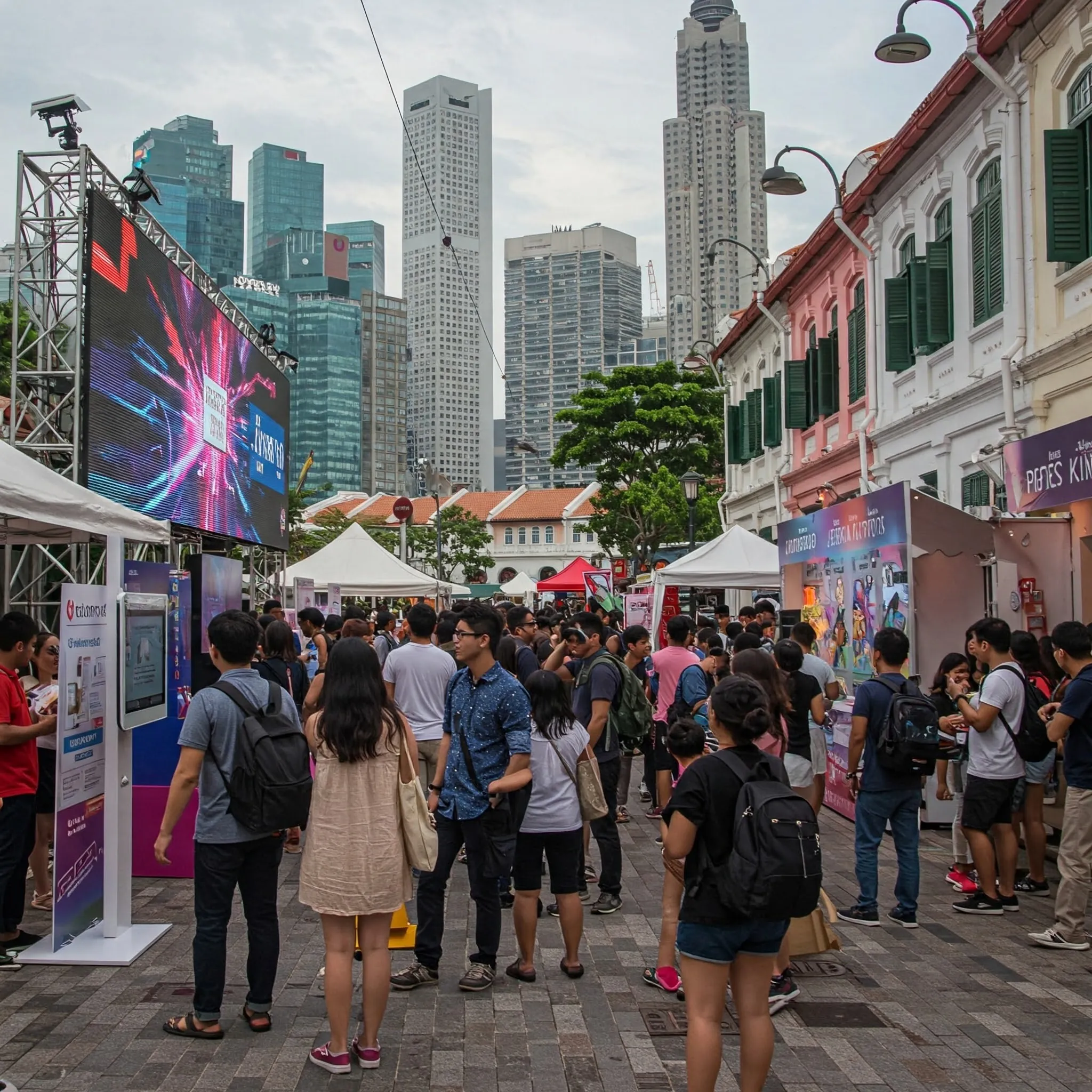
Event management companies know that experiential marketing, also called engagement or event marketing, aims to build emotional bonds with customers through memorable experiences. Instead of typical ads, it involves interactive activities like live events, seminars, pop-ups, or digital experiences. This strategy helps create personal connections and boosts brand loyalty by giving customers meaningful and hands-on interactions they crave.
What is Experiential Marketing and Why it Works: An Event Organiser’s Perspective
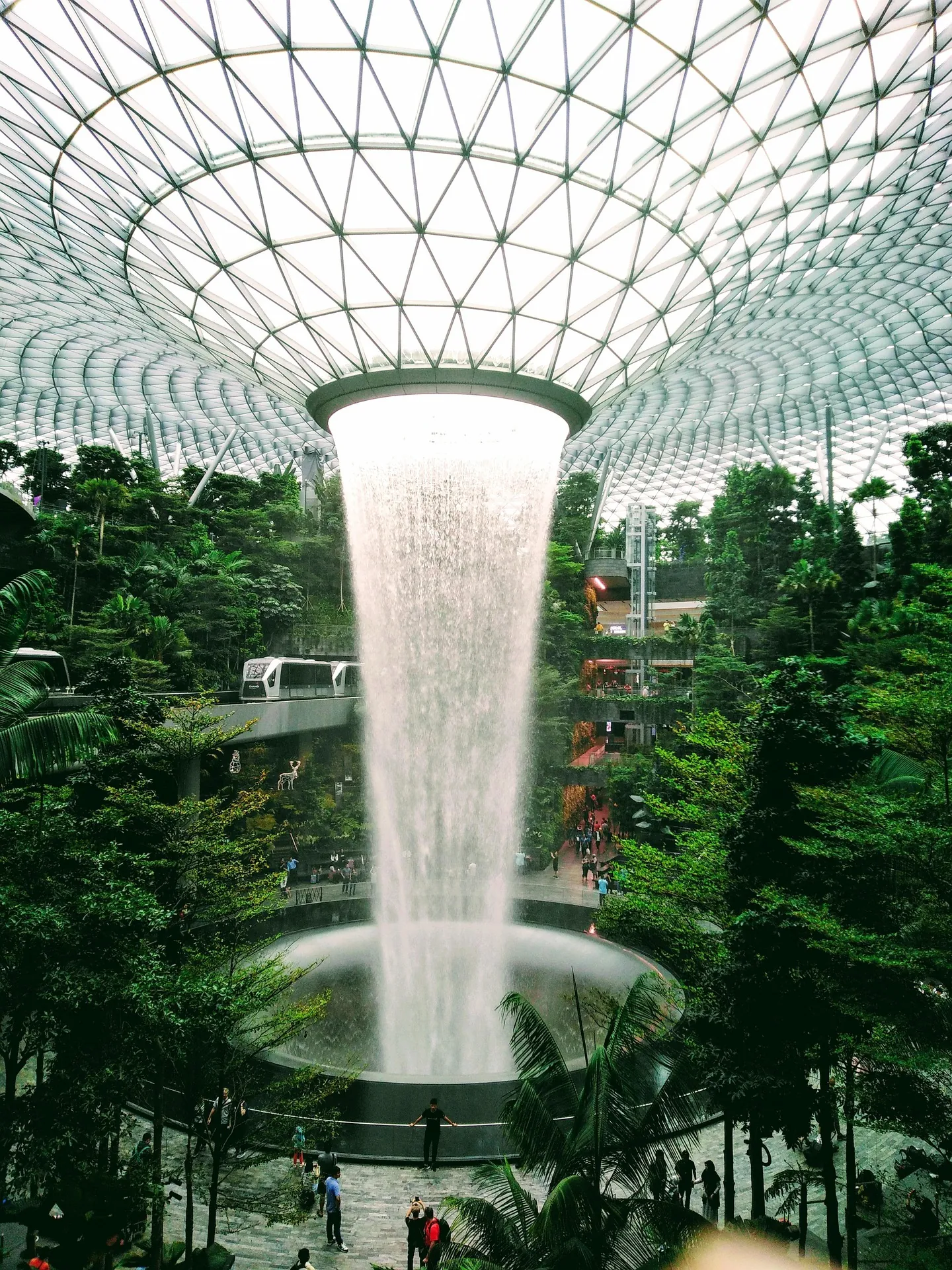
Experiential marketing, also known as engagement or event marketing, creates memorable experiences to foster meaningful connections with customers. Unlike traditional marketing, which just delivers messages, it encourages people to take part in real or digital activities, building a strong emotional bond with the brand.
Core components: Experiential marketing focuses on creating immersive and memorable experiences that build strong emotional connections with customers. Instead of just delivering messages, it engages people through live events, pop-ups, virtual reality, and interactive storytelling. By encouraging active participation, brands make their audience feel more involved, strengthening loyalty and trust.
Why it works: This approach works because experiences are more memorable than traditional ads, leaving a lasting impact. Positive emotions tied to a brand boost customer trust, while unique events inspire social media sharing, increasing organic reach. Personalisation further enhances engagement, making customers feel valued and strengthening their bond with the brand.
Experiential marketing in Singapore: Singapore has embraced experiential marketing, leveraging innovation and technology to create impactful events. Major brands incorporate augmented reality (AR), virtual reality (VR), and gamification at trade shows, roadshows in Singapore, product launches, networking events in Singapore, and festivals. Campaigns often reflect Singapore’s multicultural identity, while the country’s advanced infrastructure enables high-tech activations like interactive displays and VR experiences.
Examples of experiential marketing: Successful examples include Jewel Changi Airport, which blends retail, dining, and entertainment with immersive attractions like the Rain Vortex. Singapore Airlines introduced VR cabin tours, allowing customers to explore luxury offerings before booking. The National Gallery Singapore also integrates technology with art, engaging visitors through interactive exhibitions. These initiatives highlight how experiential marketing enhances customer engagement and brand perception.
Creating Immersive Experiences That Leave a Lasting Impact
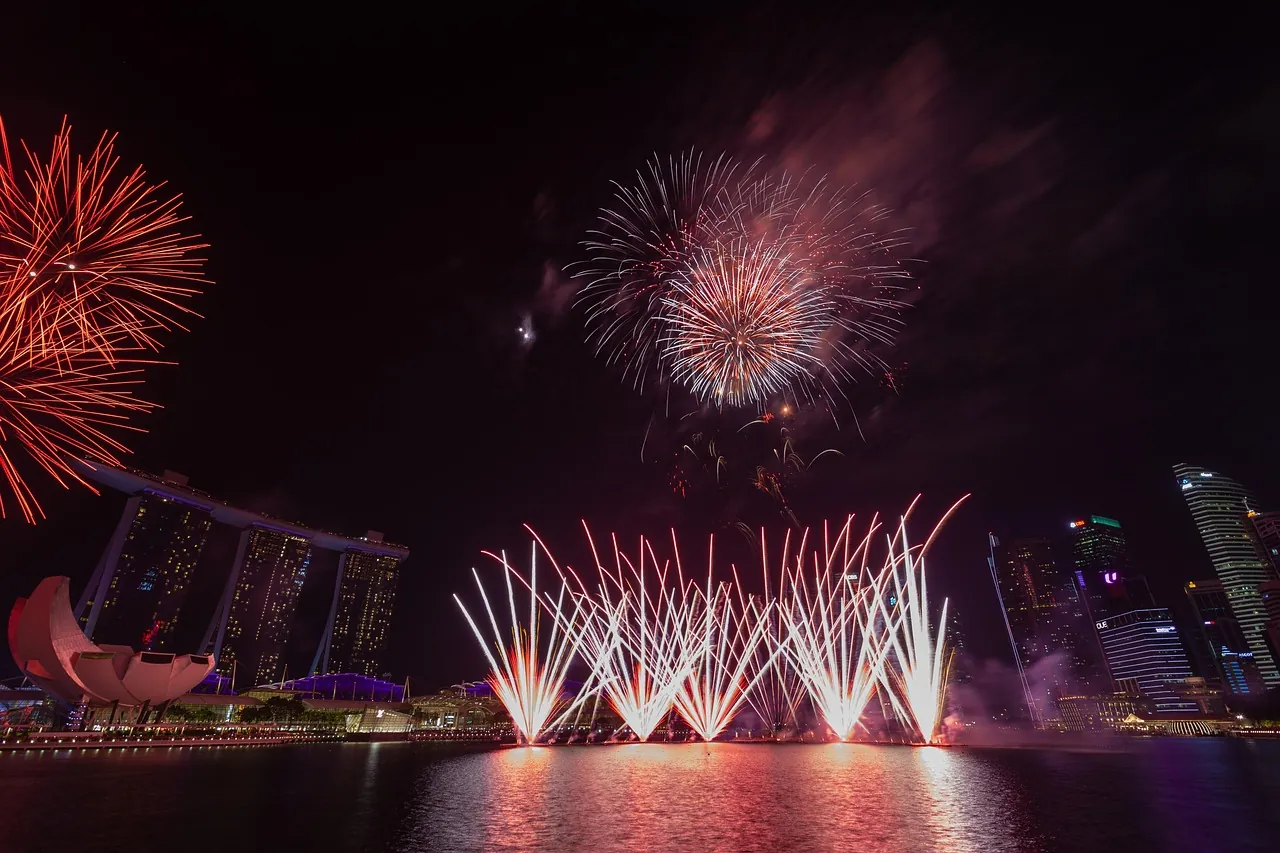
Immersive experiences grab attention by fully engaging people’s senses and emotions, making them feel part of a different world or story. In event management, these experiences create lasting memories, build emotional connections, and encourage active participation. In Singapore, events, including corporate events, increasingly use advanced technology and creative storytelling to engage diverse audiences in exciting and interactive ways.
Key Elements of Immersive Experiences
Engaging the Senses: Immersive events stimulate multiple senses—sight, sound, touch, and sometimes even smell and taste—for a full experience. For example, Bubble Planet at Singapore Expo uses dazzling light effects, bubble pits, and VR simulations to create a magical bubble-filled world.
Interactive Participation: Attendees don’t just watch—they get involved. This could mean sketching designs that come to life, like at Bubble Planet, or joining interactive games. Events like the Singapore Night Festival feature street performances and light displays that encourage audience interaction.
Technology-Powered Experiences: Advanced tech like AR, VR, and projection mapping makes events more immersive. At Harry Potter: Visions of Magic in Resorts World Sentosa, 360-degree projections and soundscapes bring the wizarding world to life.
Storytelling & Themes: A strong theme or narrative makes experiences more engaging and memorable. The Monet Inside exhibition in Singapore lets visitors step into Monet’s art through interactive storytelling.
Social Media Buzz: Events often include photo-worthy moments to encourage sharing online. For example, the Selfie Room at Bubble Planet is designed specifically for eye-catching pictures, helping spread the event’s reach.
Measuring Success: Tracking Engagement & ROI
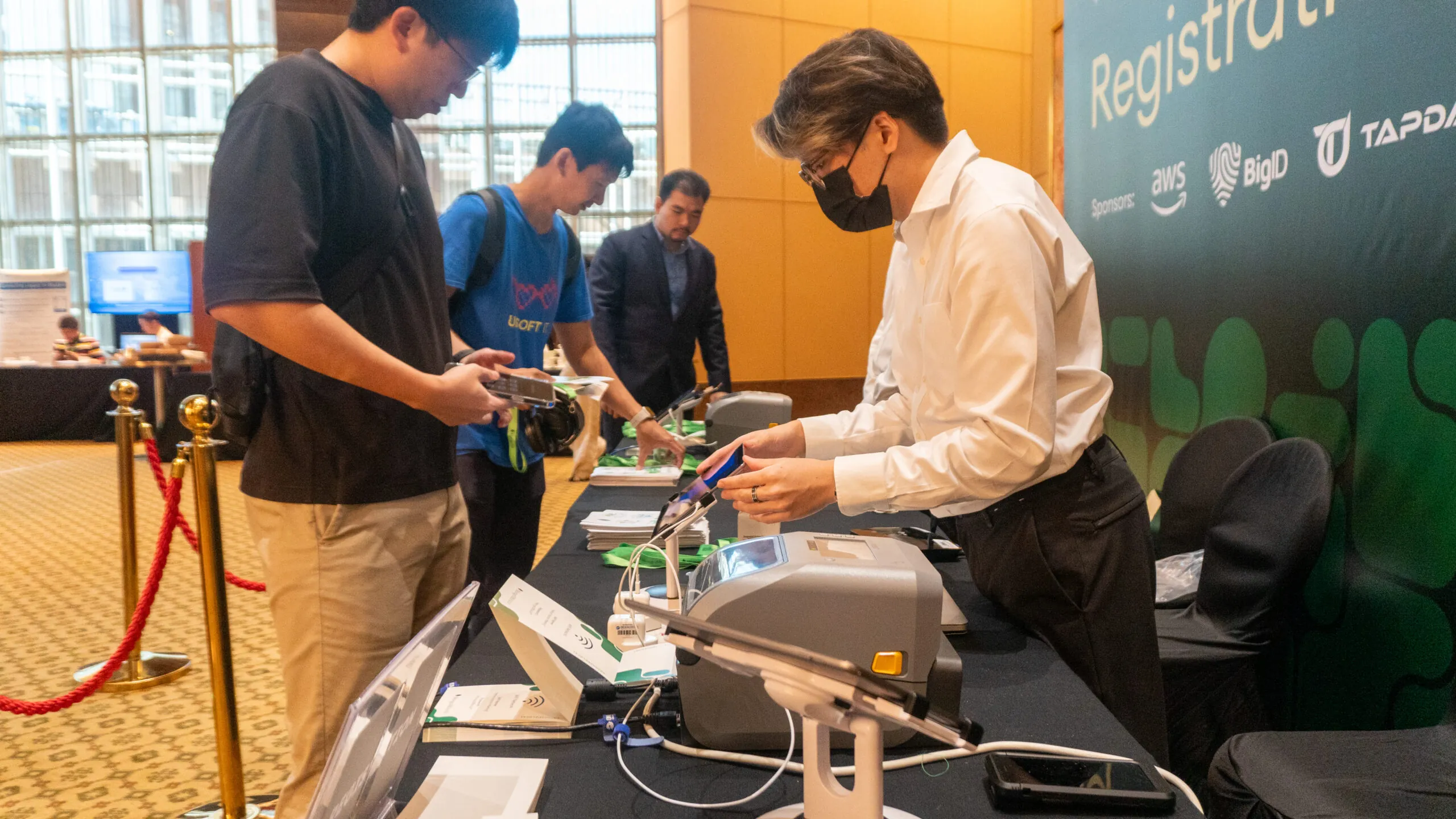
Tracking engagement and ROI helps event organisers see what works, improve future events, and show value to stakeholders. In Singapore, where events use advanced technology and require big investments, accurate measurement ensures successful and impactful experiences.
Engagement Metrics
Attendance: Count registrations, ticket sales, and actual turnout to see how popular the event was. For example, large events like the Singapore FinTech Festival use this to track global reach.
Session Participation: Measure how many people attend specific workshops or sessions to see what topics are most relevant. This is useful for conferences like those at Suntec Singapore Convention Centre.
Social Media Activity: Track mentions, shares, and interactions on platforms like Instagram and LinkedIn. Events like the Singapore Night Festival use this to amplify their impact.
Polls & Surveys: Collect live poll responses or post-event feedback to understand what attendees liked and what needs improvement.
Event App Engagement: Track check-ins, feedback submissions, or participation in app-based activities.
ROI Metrics
Revenue Generated: Calculate earnings from ticket sales, sponsorships, and merchandise. Charity galas in Singapore often assess how much they raised vs. costs.
Lead Generation: Count how many new business connections were made at the event.
Conversion Rates: Measure how many attendees took action, like signing up for newsletters or making purchases.
Cost Per Lead (CPL): Divide total event costs by leads generated to see efficiency.
Return on Ad Spend (ROAS): Compare revenue earned with marketing expenses.
Tools for Tracking Success
Singapore’s tech-driven event scene offers many tracking tools:
Event Management Software: Platforms like Eventbrite track registrations and engagement.
CRM Systems: Tools like Salesforce measure leads and conversions.
Survey Tools: Net Promoter Score (NPS) surveys gauge attendee satisfaction.
Virtual Dashboards: Real-time dashboards display key event data like ticket sales and social media reach.
Best Practices for Measuring Events
Set Clear Goals: Define specific and measurable objectives before the event.
Consistently Collect Data: Track data throughout—before, during, and after the event.
Analyse Trends Over Time: Compare past event data to spot patterns and improve strategies.
Use Insights for Improvement: Apply what you learn to plan better future events and enhance attendee experiences.
Case Studies: Brands Winning with Experiential Events
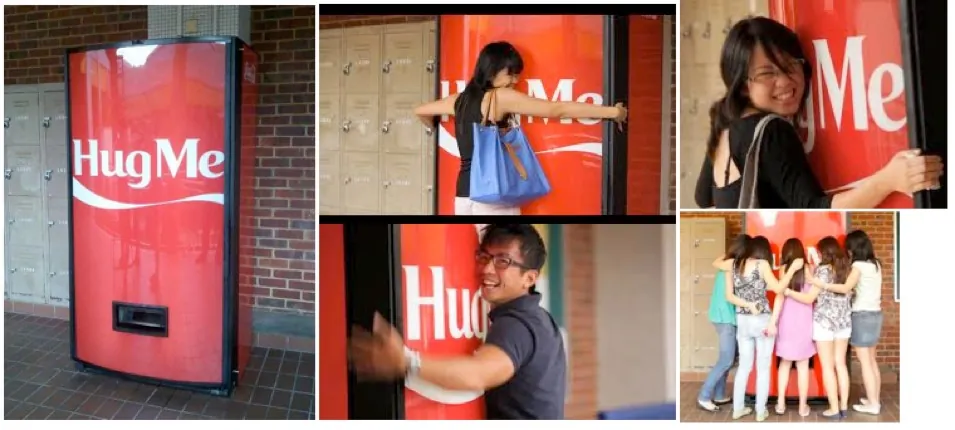
Experiential marketing has become popular in Singapore, with many brands using creative and memorable events to engage consumers. Here are some examples of how brands have used this approach to create powerful experiences.
Coca-Cola’s “Hug Me” Vending Machine
Overview: In 2012, Coca-Cola set up a special vending machine at the National University of Singapore, where students could hug the machine to get a free can of Coke.
Objective: The goal was to spread happiness and promote human connections, matching Coca-Cola’s brand message of joy.
Results: The campaign generated a lot of social media attention and attracted big crowds, especially among the younger, tech-savvy crowd. This fun twist turned a regular vending machine into an engaging, emotional experience.
Artbox Singapore
Overview: Artbox, a popular night market from Thailand, brought its vibrant atmosphere to Singapore, aiming to create a similar buzz.
Execution: The event used teasers and influencers to build excitement. A 3km light display created great photo opportunities, encouraging visitors to share on social media.
Results: The first weekend had over 100,000 visitors, 50% more than expected. Sales from vendors hit over S$10 million, and media coverage gave the event a PR value of S$72 million.
moomoo’s “Have A Kopi On moo Daily” Roadshows
Overview: Moomoo, a brokerage app, promoted its Cash Plus product by offering free cups of kopi (coffee) at roadshows in Singapore.
Execution: The roadshows featured meet-and-greets with the brand mascot and family-friendly activities. People who deposited at least $100 in their accounts got a free coffee.
Results: The campaign kept people engaged for over 210 hours and attracted over 2,000 visitors. It successfully connected with the local culture while promoting financial services.
Nissan Innovation Station
Overview: Nissan launched the Innovation Station to showcase its vehicle technologies in an interactive way.
Execution: Over three years, the event attracted nearly one million visitors, featuring displays of Nissan’s innovations, like the Nissan Leaf electric vehicle.
Results: The station generated 30,000 qualified leads in its first year and was named one of Time Out London’s top attractions.
Ready to make your brand stand out? Reach out to a leading Event Management Company in Singapore to make your next experiential marketing event unforgettable.
Let’s Collaborate.
Get in touch with us for your next event!
We hope you enjoyed this article “Here’s Why Not Hiring an Event Company Could Be a Costly Mistake”. Head on to Our Works to see the events we have managed!
If you are looking to manage an event, then look no further than us.
